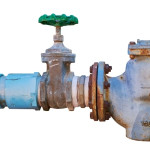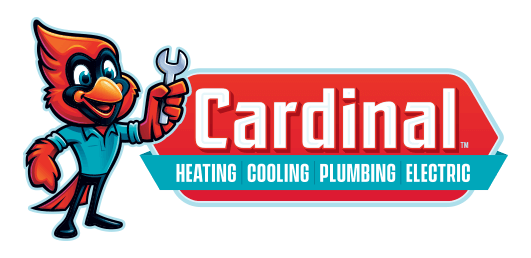Understanding Backflow: What Every Homeowner Should Know
The holidays should be full of laughter, joy, gatherings, and more. Many people have extra guests in their homes, which means there is an increase in water usage and a larger strain on the plumbing system.
Backflow is a common problem during this season, but there are ways for homeowners to combat the risks of backflow and be ready ahead of the holidays. To be prepared, backflow testing is essential in keeping the home’s water safe all year.
The Hidden Dangers of a Backflow Situation
 Backflow occurs when wastewater reverses flow and goes in the wrong direction in the pipeline system. When this happens, wastewater, chemicals, and other unwanted contaminants can often contaminate clean water. At this point, what should be clean water is now contaminated and potentially harmful.
Backflow occurs when wastewater reverses flow and goes in the wrong direction in the pipeline system. When this happens, wastewater, chemicals, and other unwanted contaminants can often contaminate clean water. At this point, what should be clean water is now contaminated and potentially harmful.
Backflow occurs when there is a sudden drop in water pressure in the plumbing system's inner workings. It can arise for various reasons, but a backflow test can help prevent unexpected issues.
Because of the contamination from wastewater and other nasty things, backflow can be very dangerous. If not handled quickly, backflow hazards can affect the community as well as the home. These are some common dangers of backflow:
- Chemicals and pesticides in the water
- Harmful bacteria, pathogens, and other biological contaminants
- Dirt, particulates, and unwanted debris or sediment
- Potential wastewater contamination
When backflow occurs, it can cause illness, but it also disrupts water pressure and the performance of the plumbing system. Moreover, the risks increase when a home uses more water.
Backflow Testing Explained
 A proactive backflow test can be a game changer. The backflow testing process checks a plumbing system's backflow prevention, and adjustments can be made when needed.
A proactive backflow test can be a game changer. The backflow testing process checks a plumbing system's backflow prevention, and adjustments can be made when needed.
The system is checked using a backflow tester to ensure any backflow prevention device works properly. If necessary, a backflow preventer can be installed or even replaced.
A plumber performs backflow testing to determine whether the backflow prevention device is working properly. This test typically pressurizes the system and measures its response.
Professionals recommend that backflow testing be completed at least once a year, preferably before the home is going to experience an increase in water usage. Testing typically works like this:
- Isolate backflow prevention device
- Apply pressure to check for leaks or weakness
- Ensure the device is operating as it should
- Complete any repairs or replacements as necessary
The backflow testing process takes less than an hour, and the test results are instantaneous.
Why Is It So Important?
Backflow affects more than just the home; it can also affect public health. When backflow occurs, water contamination occurs, and it can also contaminate the main lines that go into the city infrastructure. The testing process can help maintain safe and healthy water supplies for all.
About Cardinal Heating & Air Conditioning
Cardinal Heating & Air Conditioning is a trusted and longstanding company that provides top-notch service to every client. With 24/7 live answers, straightforward pricing, and the latest technology, you can count on them for all your plumbing needs. Contact them today for backflow testing services in Sun Prairie, WI.




